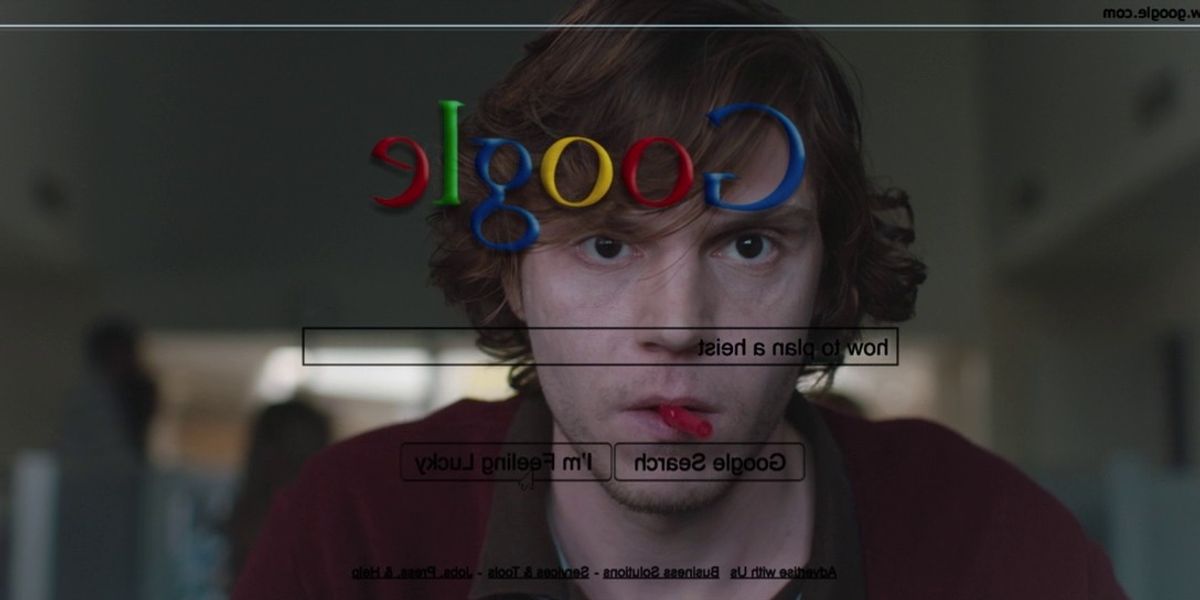By Lisa Callif and Chris Perez, Partners at Donaldson Callif Perez LLP
If you’re an independent creator, you’ve likely experienced the moment when a captivating movie, an incredible song, or an inspiring book makes you think, “I want to incorporate that into my project!” Whether it’s a catchy melody, a dramatic scene, or an insightful quote, these elements can significantly enhance your creative vision.
However, embarking on an independent production requires careful consideration of numerous creative and logistical factors, one of the most important being the clearance of intellectual property (IP) rights for any content you wish to use. Whether you’re working on a scripted film, documentary, or any project aimed at public distribution, grasping the different types of IP and the permissions needed is crucial to prevent legal complications. This concise guide outlines the rights clearance process—helpingyou to identify the type of intellectual property involved, ascertain ownership, determine permission requirements, and find the right resources for assistance.
What type of IP are you dealing with? Is it copyright, trademark, or is it unprotected?
Start by identifying the type of IP at play. Determine if the material is protected by copyright or trademark, or if it falls into the category of unprotected materials.
‘American Animals’
film-grab.net
Is it a copyrighted work?
Copyright covers original works such as photographs, songs, movies, books, and artworks. For example, if someone jots down lyrics for a new song on a napkin, that’s considered an original creation and is automatically protected by copyright as soon as it’s recorded in any tangible form.
To be copyrightable, a work must be original (not copied), creative, and fixed in a tangible medium (like written text, digital file, or audio recording). Thus, that napkin with song lyrics is copyright-protected if it meets these criteria.
If you intend to utilize a copyrighted asset, permission from the copyright holder is required unless your use qualifies as fair use (which will be clarified below).
Is it a trademark?
A trademark includes any word, logo, or combination that identifies a product or service. Unlike copyright, trademark laws primarily protect consumers by preventing confusion regarding the source of goods. If you plan to feature a logo or brand name—like the Nike swoosh or Coca-Cola—trademark laws come into play. Generally, you can include trademarks in your project without permission as long as you don’t misrepresent the product or create confusion about its source.
Is it protected at all?
Not all materials are protected by copyright or trademark; some fall into the category of unprotected materials. Examples include:
- Public Domain: Works that are no longer under copyright due to expiration or never qualified for protection. For instance, Shakespeare’s plays and Beethoven’s symphonies are public domain, allowing free use.
- Ideas: While the expression of an idea can be copyrighted, the idea itself cannot. The concept of a superhero is not protected, but a specific portrayal, like Marvel’s Hulk, is.
- Theories: Scientific theories, such as Einstein’s theory of relativity, are not copyright-protected and can be freely used.
- Facts: Raw facts, including historical facts, are not copyrightable. You can use statements like “Meghan Markle was seen as Britain’s first Black princess” without restriction; however, unique presentations of these facts may be protected.
‘Deadpool’
Disney/Marvel
Who owns the material you want to use?
When clearing IP for your project, identifying the owner of the material is essential. In copyright, the creator—such as an author, composer, or artist—typically owns the work. In trademark cases, the owner is usually the individual or business that developed and registered the brand name or logo.
Do I need permission?
Now that you’ve assessed the type of material and identified ownership, determine whether you need permission to use it. Your options will vary based on the type of material involved.
‘Harry Potter and the Half Blood Prince’
Warner Bros.
Copyright: License or Fair Use
If the material is copyright protected, you have two primary choices: obtain a license or utilize fair use. If fair use does not apply, you’ll need to secure a license from the copyright holder. This will typically involve negotiating terms regarding media rights, duration, extent of use, territory, and fees.
On the other hand, fair use allows limited use of copyrighted material without permission. However, establishing whether your use qualifies as fair use is nuanced and based on four main factors—purpose, nature, amount used, and the effect on the market for the original work.
While understanding these factors is important, we’ve devised a simpler approach known as the ‘Safe Harbor Test.’ If you can confidently say “yes” to these three questions, your use is likely fair use:
- Does the material support a point the creator is trying to make in the new work?
- Is only the amount necessary used to support that point?
- Is the connection between the point and the material clear to an average viewer?
Trademarks—Is Permission Required?
Generally, you do not need permission to use a trademark or logo in your project if it’s utilized in the way intended and doesn’t mislead the audience.
Some filmmakers may seek permission for product placement or compensation, but weighing the risks is vital. Consulting with a lawyer can provide advice on the situation; often, it may be better not to seek permission if you believe the brand may disapprove.
‘Night of the Living Dead’
film-grab.com
Unprotected Materials
No permission is needed to use unprotected materials, as they are not governed by copyright or trademark laws. Thus, you can freely incorporate them into your project.
Who can assist me with this clearance process?
As a creator, safeguarding yourself from potential legal issues related to IP is critical, but you don’t have to navigate this process alone. Professionals who specialize in IP clearance can help ensure your project is legally protected. Consider these key roles:
1. Archival Producer
An archival producer is invaluable if you plan to use archival materials like footage, photos, or music. They’ll find and negotiate rights for you, ensuring your legal protection and compliance.
2. Copyright Researcher
Copyright researchers thoroughly investigate ownership and validity by searching databases such as the United States Copyright Office. They can clarify rights ownership, especially for works with complex ownership histories.
3. Clearance Attorney
A clearance attorney is essential for understanding legal implications. They can determine if permission is necessary, whether fair use applies, and help negotiate licenses, ensuring your project is legally safe.
Good luck!
From Your Site Articles
Related Articles Around the Web








